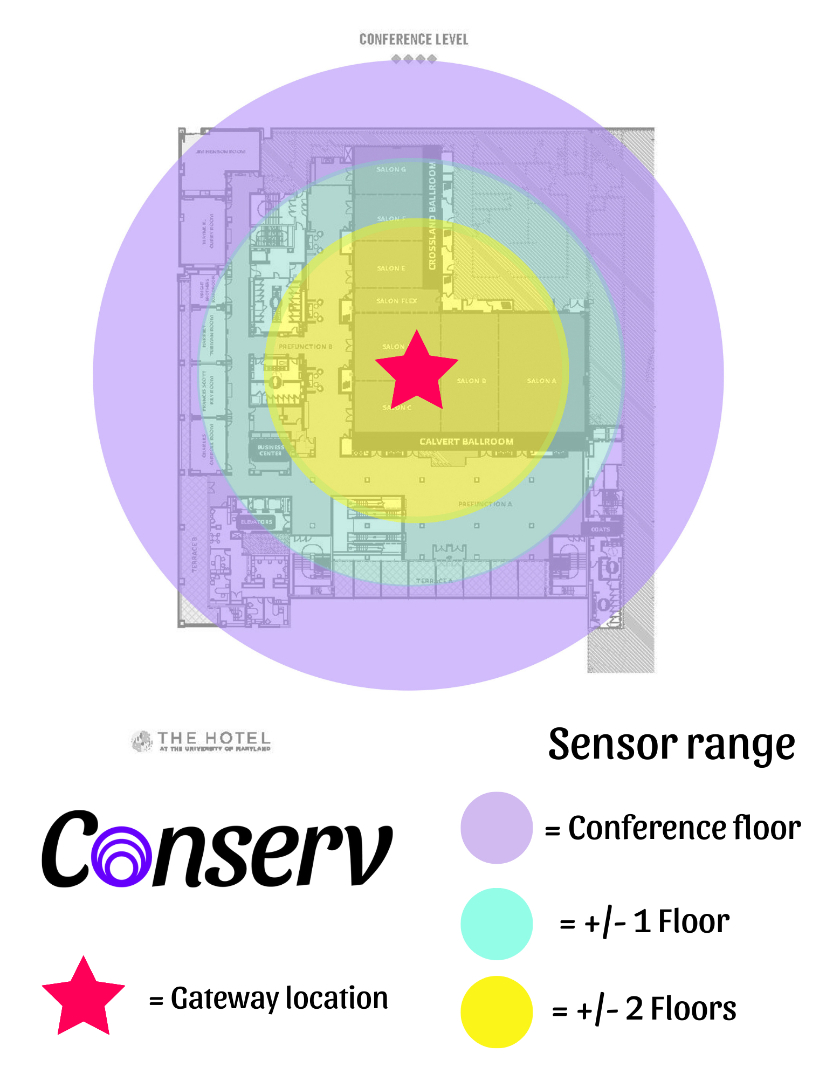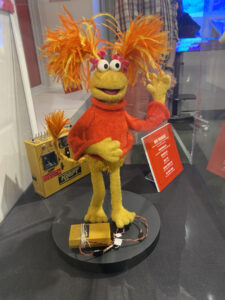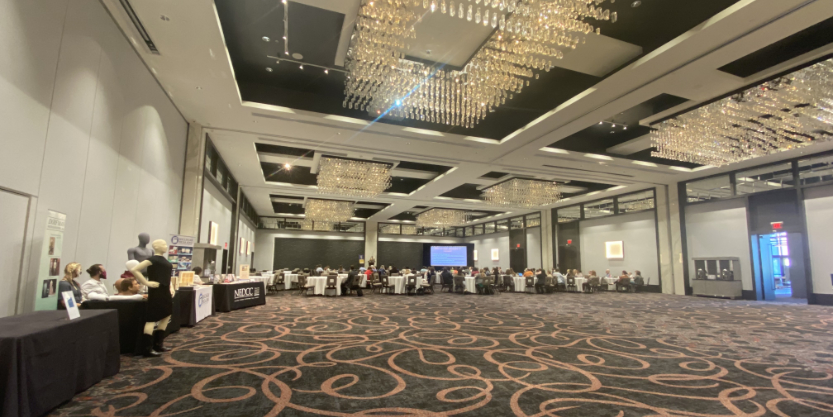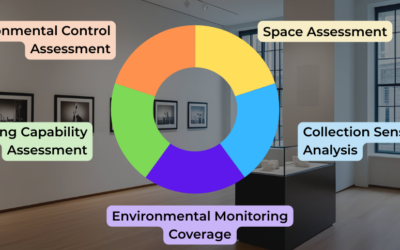Conserv at the SMA Annual Conference
I was fortunate to represent Conserv at the 2022 Small Museums Association (SMA) 38th Annual Conference this year in College Park Maryland. It was my first time attending this conference, and it was so refreshing to see fellow museum professionals in person again. Conserv chose to sponsor this event because we are finding that our tools are resonating with this group.

Melissa matching her fellow exhibitor friend, Tahe Zalal from the Northeast Document Conservation Center (NEDCC) in front of the Conserv booth.
It’s common for those working in small museums to be wearing a ton of hats, and having the additional task of collecting and evaluating environmental and pest data can be a challenge.
Our tools were designed to specifically alleviate the onerous parts of this work so our users can focus on what matters the most – looking at the data and improving collections care and access.
I had some great conversations with folks from all over the country working with a large variety of collection types from Historical Societies to House Museums to State History programs. Some people I spoke to have yet to start a collection monitoring program, and we were able to discuss the value of this from a preservation and fundraising perspective.
It doesn’t matter if your building is old or doesn’t have a fancy HVAC system.
Monitoring is a great place to start towards better preservation since it can assist in grant application processes such as the CAP Assessment or the Preservation Assessment Grant.
It can also give you a better idea about your building and you can start to identify areas that might have better control over other areas, and you can also start to harness some of the passive measures of control that historic buildings were designed for (including airflow within the building).
I saw some familiar faces among vendors and recognized a few attendees (including a graduate of the University of Delaware Art Conservation undergraduate program and my former landlord from when I was in grad school who works for the Arden Craft Shop Museum in Delaware!).
When I first arrived to setup on Friday, I performed a test to see what kind of range I could get with our gateway within the exhibition hall. We find it helpful to share this with our booth visitors since it’s easiest to contextualize the physical space we’re standing in. I find it helpful to do this exercise because it gives me a better idea of what our customers experience when they set up our sensors and it allows me to give more informed estimates on gateway range.

When I arrived to set up the booth, I did an experiment to test the range for the gateway in the building. I set up the gateway in the exhibit hall to connect to cellular service and then walked around the hotel to see how far I could get before the signal dropped off. I was able to get a signal two stories above and was able to measure a 200 ft radius on the same floor as the gateway.
On the first night, we were treated to a tour of an exhibit, “The Arts & Crafts of Puppetry” at the Michelle Smith Performing Arts Library at the University of Maryland. I love learning about the design decisions for a show and all of the logistics of bringing in loans. My favorite object was definitely the Fraggle!

The Fraggle in the “The Arts & Crafts of Puppetry” exhibit at the Michelle Smith Performing Arts Library at the University of Maryland.
The exhibit hall was in the same room where the Keynote and Plenary sessions were held, which was much appreciated! The keynote was entitled, “Finding Sites of Conscience in Your Community” and it was presented by Linda Norris of the International Coalition of Sites of Conscience. She presented some fascinating examples of communities that have shared their stories of social justice and human rights.
The Plenary session on Sunday morning was by Sarah Marsom and it was entitled, “Patiently Pushing.” She presented a narrative on how museums are moving towards becoming community resources, and how we can think out of the box when it comes to ethical fundraising. She also made a huge push for career advocacy in our field, which is so needed!
I was able to sneak away from my table for one of the talks, “10 Things I Hate About Deterioration: Safeguarding Your Collection from the 10 Agents of Deterioration” by Emlia Boehm Emig from CCAHA. I give a similar presentation on the agents, and I’m always curious to hear how other people present this – she did an excellent job! I heard many people discussing it later at my booth and at the banquet. The key to a good presentation on the agents of deterioration is to present the risks and affordable, practical actions we can take to mitigate them in a way to not overwhelm.
In between showing colleagues our wireless sensors and environmental monitoring/Integrated Pest Management (IPM) software, and raffling away sweet swag as well as a Conserv starter kit, I had some great conversations with some truly interesting folks. I appreciate my ability in this role at Conserv to listen to people’s challenges and to continue to learn!
If you have any questions about environmental monitoring, integrated pest management, or just want to talk about preventative conservation, please reach out to us! Don’t forget to check out our blog or join our community of collections care professionals where you can discuss hot topics, connect with other conservators or even take a course to get familiar with the Conserv platform.




